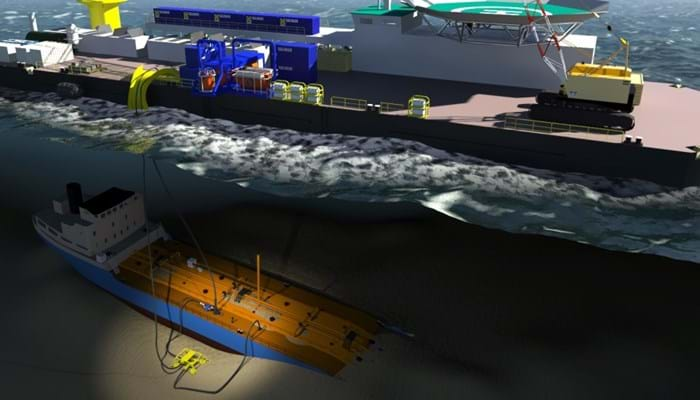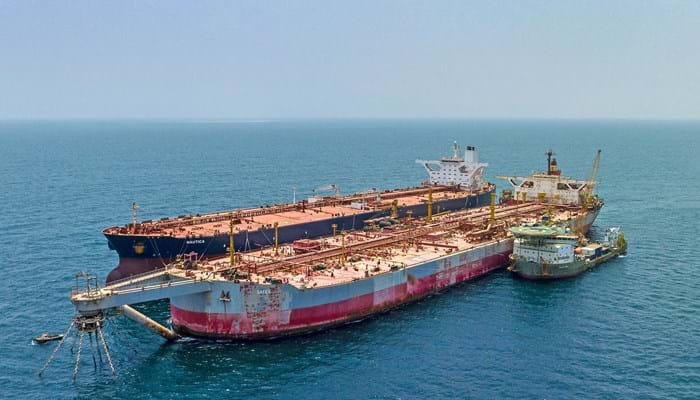SMIT’s salvage teams have rescued hundreds of valuable ships and their cargoes over the decades. Carefully planned operations by our expert, multidisciplinary teams have undoubtedly prevented millions of tons of oils, chemicals and bunkers from being spilled into the world’s oceans and waterways, averting potential environmental disasters. As well as its emergency response activities, SMIT has safely removed dozens of wrecks. Often situated in locations close to vulnerable coastlines, wrecks can be full of pollutants and present a significant threat to the marine environment. Failure to deal with them can lead to a succession of costly cleanup operations.
SMIT has decades of experience in carrying out the most complex salvage operations and demanding wreck removal projects. Being part of an industry leader like Boskalis, means that we have the resources, specialists and advanced technology needed to succeed and to mitigate any potential dangers or environmental threats.
SMIT has the expertise to deliver a full range of services including firefighting, ship-to-ship/ship-to-shore cargo transfer, deep water oil recovery, salvage and disposal of hazardous cargoes, refloating, wreck removal, marine and salvage consultancy, as well as contingency planning.



